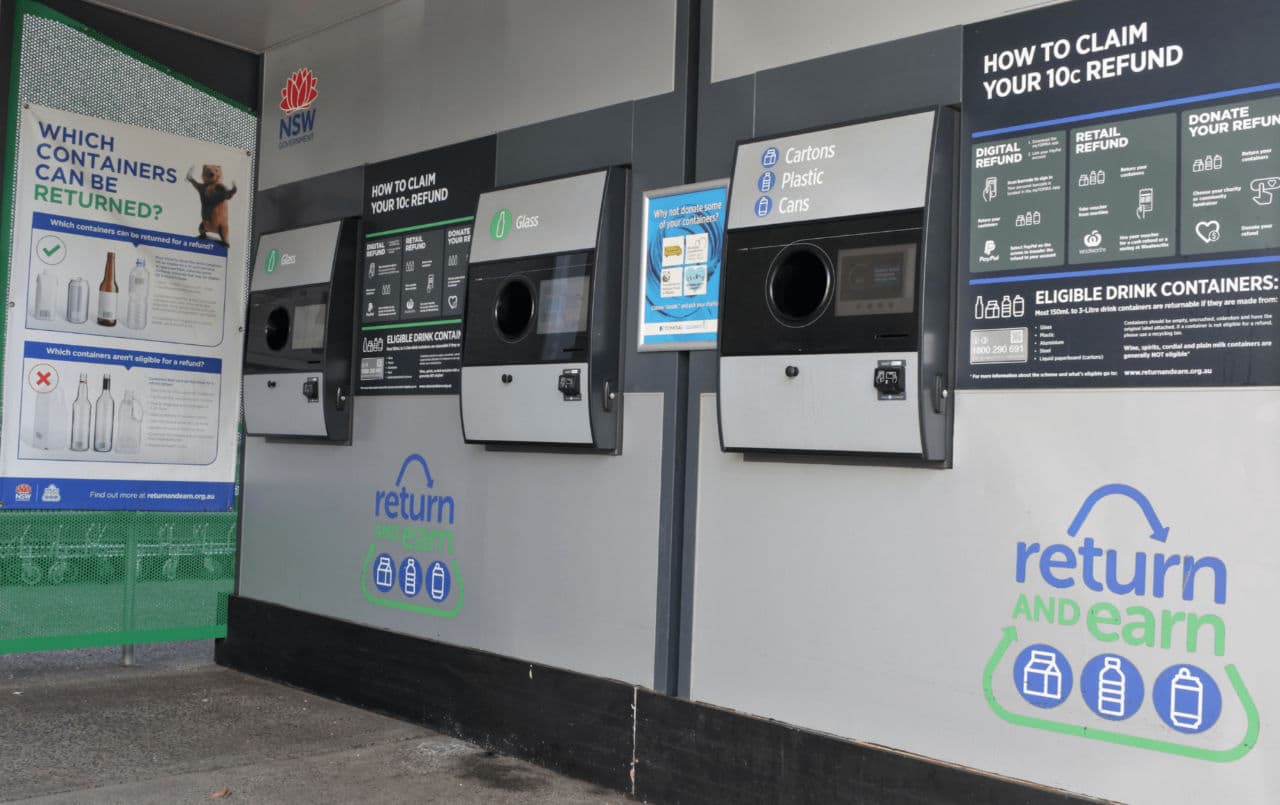In addition to the regular marketing best practices, there are tactics & tweaks that can be applied that have been proven to increase the effectiveness of sustainable marketing messages and help bring about greater changes in consumer behaviour.
By applying findings from behavioural science, customers can be guided to make environmentally friendly choices without communicating explicitly about sustainability. A gentle push, or ‘nudge’, in the right direction can help.
What exactly is a nudge?
People don’t always behave in ways that are 100% rational. Instead, we tend to use mental shortcuts and biases which, through behavioural studies, provide us with advanced knowledge of the decision-making process and the ability to design initiatives that benefit society.
Nudges entail a system of gentle encouragements using relatively modest interventions that preserve freedom of choice but that steer people towards particular directions.
Types of nudges include the provision of information, changes in the physical environment, warnings or reminders, use of a green default option, and the use of social norms and regular feedback.
Putting fruit at eye level counts as a nudge. Banning junk food does not.
Using defaults to nudge
Defaults are everywhere – we rely on them every day and play on the fact that on the whole we don’t like change (often resulting in inertia). So a default is pre-set course of action that takes effect if nothing is specified by the decision-maker.
Examples of defaults include automatic subscription renewals, default temperature settings, default web browsers, default time lag and screen savers on computers, and default double-sided printer settings among numerous others. Defaults help to reduce and simplify the number of choices we make everyday, often without realising it.
An example would be setting a green energy contract as the default option for an energy provider.
Defaults can be very simple, even consisting of just a one-word difference such as “If you want to be an organ donor, please check here,” (opt-in) versus “If you don’t want to be an organ donor, please check here” (opt-out). On the whole they are also surprisingly effective in a variety of contexts (i.e. consumer decisions, retirement planning decisions, health decisions etc.).
People’s tendency to choose inaction over action as well as their preference to stick with previously made decisions is also called ‘default bias’ or ‘status quo bias’ and there are four main reasons for this.
- Changing the default option requires mental effort or a “cognitive cost.” Therefore, people tend to go for the easiest option when making a choice, or put simply, be lazy.
- Inertia is a strong force keeping many people in status quo, no matter what that means.
- People are twice as sensitive to a loss as they are to an equivalent gain, meaning that they tend to stick to the default choice to avoid the possible losses that might result from their behaviour change.
- There is an implicit perception that when something is a default, it should be a good choice, causing more people to stick with it.
Using defaults to encourage sustainable behaviour
Defaults can be applied for more environmentally friendly outcomes include defaulting to the ‘green’ version when presenting customers with a range of products or services. Successful examples include presenting green energy contracts as the default in a specific region or customer base (this led to a 10-times increase in the number of people on that tariff when applied by a German energy provider), or defaulting a product shipping option to a cheaper tariff that as it may take a little longer, reduces the carbon footprint of delivery.
Therefore, by auto-selecting a default option, you can reduce the number of choices a person has to make to . The general rule of thumb is to select an option that is the most attractive to the user, and not trying to mislead them, so trust is upheld.
Using nudges not only helps direct your customers towards the buy button, but can also make the purchasing experience quicker and less stressful. In today’s competitive market, they can be the missing pieces to your business.
Need help applying nudges to boost your marketing?
If you have any questions or need help to get more value from your marketing, please email hello@piernine.co





